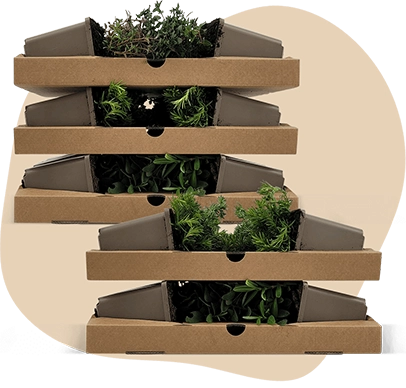Description
Aralia elata | Japanese angelica tree
The Aralia elata, commonly known as the Japanese angelica tree, is a striking addition to any garden. This plant features an upright growth habit and can reach a height of up to 3 metres, making it a prominent feature in small gardens. The leaves of Aralia elata are large and double-pinnate, with a unique white colour that adds a touch of elegance. Although not evergreen, the Japanese angelica tree is relatively low-maintenance and produces fragrant, cream-white flowers that attract bees. Additionally, it bears fruit, adding further interest to its appearance. The Aralia elata is perfect for use as a solitary plant or in borders, providing beautiful autumn colours and a delightful scent.
Key Plant Characteristics of Aralia elata
- Aralia elata blooms in August and September with fragrant, creamy white flowers that attract bees.
- The plant thrives best in a sunny or partially shaded location for optimal growth.
- It prefers good garden soil that is well-drained to support its upright growth habit.
- The bark of Aralia elata is greyish-brown, and its branches are sturdy and upright.
- This garden plant is ideal for small gardens due to its compact size and beautiful autumn colours.
Application of the Aralia elata in the Garden
- Aralia elata is perfect for use as a solitary plant or in a border, adding a striking presence with its upright growth habit.
- This plant is winter hardy, tolerating temperatures as low as -34.4°C, making it suitable for various climates.
- It combines well with other shrubs and perennials, especially those that thrive in partial shade or full sun.
- The plant's greatest ornamental value lies in its large, double-compound leaves and beautiful autumn colours, along with its fragrant, creamy white flowers that attract bees.

























